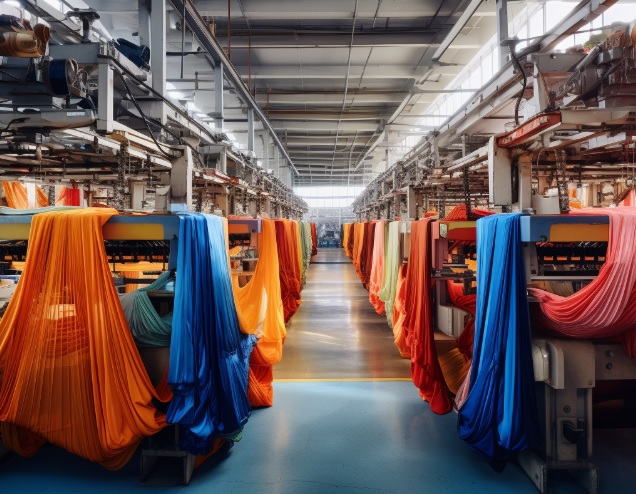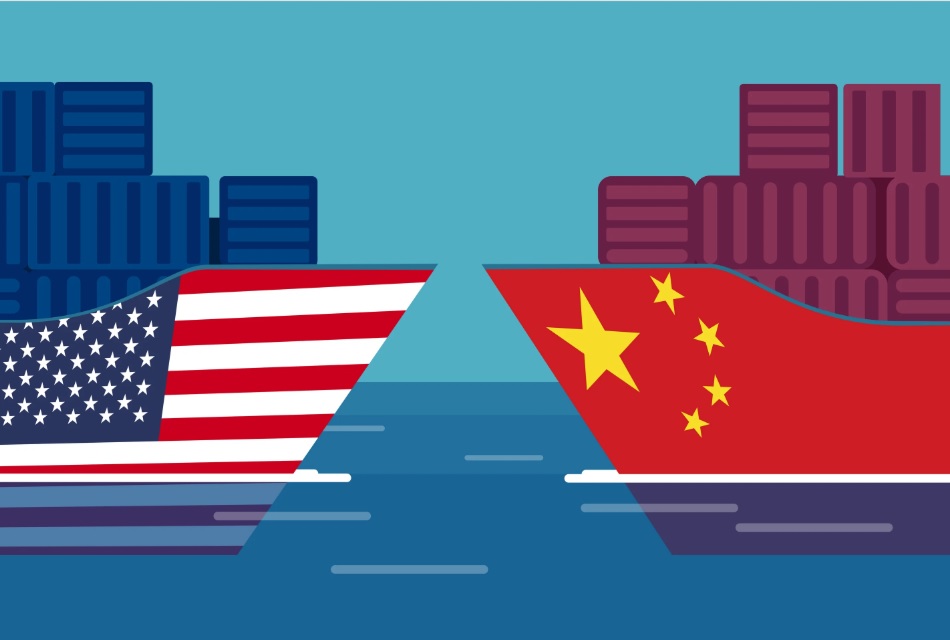
Pakistan’s exports share in the international market has dropped to 1.76 per cent due to expensive electricity. As per APTMA, textile exports dropped to $35.21 billion in FY2022-23 compared to $39.59 in FY2021-22. Moreover 50 per cent production capacity of textile mills is not being utalised and with high electricity rates exports are expected to move down even more.
Passing through tough times
The world is witnessing Pakistan’s ongoing battle to save itself from financial default, despite a $3 billion IMF loan to be received in installments, followed by loans from Saudi Arabia and the UAE. The nation is struggling with record inflation, high energy prices, severe forex liquidity crisis that’s stalled imports, continuous political upheavals. This has hit manufacturing sectors including the textile industry hard.
This financial year, saw a massive decline in textile exports of almost 15 per cent valued at $2.8 billion. To make matters worse, as the government and opposition continue their stand-off, so, intervention through quickly-implementable policies are nowhere in the picture. In this scenario, Bangladesh has seized the opportunity and lured many Pakistani textile manufacturers to its cost-friendly, professional and productive shores. Bangladesh has the added attraction of providing tax-free access to RMG and textiles to 37 countries.
Devaluation didn’t help, instability made it worse
The country’s economic think-tank had advised a devaluation of Pakistan’s Rupee to boost exports. However, as the devaluation happened on the back of a severe economic crisis and not in a planned manner, it backfired. As export-oriented textile sector is reliant on import of raw material, machinery and parts, things started falling apart when the country’s central bank gave directives to all commercial banks to stop issuing LCs due to a crucial forex shortage.
The blow was hard and forced many to stop operations and some to operate at half or quarter of their productivity level. Moreover, with a devalued currency, importing became expensive, shooting overheads up and pricing therefore, becoming non-competitive. What made it worse was the complete lack of stabilizing policies to spearhead a growth of 25 to 40 per cent. The industry has been waiting hopelessly since 2014, as two successive five year policies lie in cold storage and banks hiked borrowing rate to 22 per cent.
Lack of raw material another letdown
Lack of fiber, cotton and PSF have reduced or closed operations of many factories as both these fibers were to be imported in large quantity in an environment where LC’s were not being opened or honored. This brought to focus the urgent need for establishing a reliable local supply of cotton and PSF to avoid such situations in future.
Pakistan’s cotton farming, which is crucial to the textile industry, faces daunting challenges due to climate change, rising temperatures, unpredictable rainfall, and water scarcity resulting in lower crop yields and diminished quality. Result: cotton production and productivity has reached a 40-year low. This not only jeopardizes farmers’ livelihoods but also threatens sustainability and profitability of the entire textile industry. When the situation was at its lowest, the floods of 2022 destroyed vast amounts of cotton crop. In fact, amongst cotton-producing countries, the yield per hectare is one of the lowest in Pakistan.
Absence of working capital
Meanwhile, the withdrawal of zero-rating (SRO 1125) and the imposition of an 18 per cent GST on export-orientated sectors have had a negative impact, especially now that the FASTER system is not working and refunds are held up. The higher cost of doing business, unsustainable working capital levels, higher interest rates, and currency depreciation have formed obstacles for new projects and export expansion. High-borrowing rates and banks being stringent in loan approvals, working capital has reached scarcity levels.
The government has to take a step back and begin implementing the 2020-24 policies which includes cotton farming, energy supply and price control as well as look outward to guarantee investors a safe haven.












